
The 2019 Oscars ceremony is starting now inside the Dolby Theater, and for the first time since 1989 the Academy Awards ceremony will have no host - like Bob Hope, Billy Crystal, Ellen de Generes, Hugh Jackman or Jimmy Kimmel were in the past years. It's a bit a pity but hopefully we'll have a great show anyway. Now, the important point here is not "no host" but "1989". Why? What happened in 1989? Well, actually the 1989 Academy Awards were the worst Oscars EVER. To be perfectly fair, it's the famous and always awaited opening sequence which was the worst "ever". It included a no-name actress playing Snow White, and the character was used without the authorization of the Walt Disney Company!
So, back in 1989 a Hollywood producer named Allan Carr was asked to design and produce the opening number for the Academy Awards show. Allan Carr was a gay producer famous at that time as he had produced the movie Grease which was a huge success internationally, as well as for his extravagant parties at his Hollywood home. He designed a show opening like an extravaganza which was supposed to be over the top and, although he was extatic looking at it behind the curtains backstage, guests in the Oscars theatre had a totally different opinion ( like: what the hell is that shit?!? ). This infamous opening song and dance number with Rob Lowe singing to Snow White, dancers dressed as dancing tables, and much more, all this with 19 seconds appearance of Hollywood golden era stars loosk even now of such a bad taste that it's hard to understand how the man who did it could survive to this. Well, actually he did not as this opening number bombed so badly that the show's producer Allan Carr found himself shunned by Hollywood, saw his career destroyed, and spent the next decade in relative seclusion until his death from liver cancer ten years later in 1999.
I've found back for you the video of these 11 minutes and i suggest you have a look at it first - you need to see it to believe it - and then i'll tell you what happened AFTER the show.
If you've already watched the video you probably have a mix of emotions, something between stun and dismay though it's true that, taken at the second degree, parts of it are hilarious. Soon after the ceremony ended the problems began, though. And the first one - a big one - was that Allan Carr didn't asked to the Walt Disney Company the permission to use the Snow White character - something which looks incredible today as no one will take such a risk but back in 1989 things were a bit different. Here is what happened as described by Robert Hofler in its fantastic 2010 article in L.A Magazine that you definitely must read to learn the whole story about that evening and Allan Carr.
So, Frank Wells who was at the helm of the WDC with Michael Eisner at that time and took it very badly. The next morning after the show he called Academy President Richard Kahn: “Frank, how are you?” asked Kahn, expecting him to say something nice about the previous night’s show. “Dick,” Wells said, “we got a problem.” He went on to explain that the appearance of Snow White had not been approved by Disney and that no one from the Academy had even asked for permission. “We’re very unhappy, we at Disney,” Wells said. There would be more phone calls from Disney executives to Richard Kahn, and before the end of business Thursday, the Walt Disney Company slapped the Academy with a federal lawsuit charging that the Oscar telecast of March 29, 1989, had abused and irreparably damaged the studio’s 52-year-old Snow White character. It asked for unspecified damages for “copyright infringement, unfair competition, and dilution of business reputation.” Disney and the Academy however found an agreement and one week after the Oscars, on April 6, Kahn issued a statement that read “The Academy sincerely apologizes to Disney for the unauthorized use of Disney’s copyrighted Snow White character and for unintentionally creating the impression that Disney had participated in or sanctioned the opening production number on the Academy Awards telecast.”
It was far to be over as no sooner had Kahn put down the phone with Wells than he received a messenger-delivered letter of complaint about the telecast from a former Academy president—and Oscar-winning actor—named Gregory Peck. “The show reminds me of those Photoplay Awards!” Peck told Kahn later, referring to a now-defunct celebrity magazine that published puff pieces on Hollywood stars and annually congratulated itself with a meaningless awards show. Peck said he’d found this year’s Oscars tacky, unsophisticated, and beneath the Academy’s dignity. And more trouble arrived soon in the form of a letter, delivered to the Academy and signed by 17 of Hollywood’s most prominent figures: Julie Andrews, David Brown, Stanley Donen, Blake Edwards, John Foreman, William Friedkin, Larry Gelbart, Sidney Lumet, Joseph L. Mankiewicz, Paul Newman, Alan J. Pakula, Gregory Peck, Martin Ritt, Mark Rydell, Peter Stone, Billy Wilder, and Fred Zinnemann. It began: “The 61st Academy Awards show was an embarrassment to both the Academy and the entire motion picture industry. It is neither fitting nor acceptable that the best work in motion pictures be acknowledged in such a demeaning fashion. We urge the president and governors of the Academy to ensure that future award presentations reflect the same standard of excellence as that set by the films and filmmakers they honor.” More than anything else, some believe the Hollywood 17’s missive destroyed Carr. “People who were friends of Allan showed up on that letter,” says Kahn, “and those comments really hurt him. I really think that Allan’s declining health in the years following that show are in part attributable to the hurt he felt.”
And then there was Rob Lowe who sang with Snow White. Not only Lowe obviously was not born to have a singer career but his famous sex tape scandal with an underage girl happened 6 weeks later. While the tape with the under-age girl was recorded July 17, 1988 in Atlanta, the public didn't learn about its existence until the girl's mother's attorney, J. Hue Henry, filed suit against Lowe on May 12, 1989 ( the Oscars show happened on March 29, 1989) but since it occurred so close in time people remember them together.
As you understood, this 1989 Oscars evening was a disaster, but although Allan Carr didn't survived to it, for years afterward ( and even now), touches that Carr introduced in 1989 lived on: the fashion show, the extended red carpet coverage, the separate presentations of the Best Picture nominees, and the line “The Oscar goes to…”. “Before Allan, the red carpet had been just a frill, a minute of montage,” says comedy writer Bruce Vilanch, who worked with Carr on the 1989 show. “There wasn’t the frenzy of now. Allan made that happen.”
Picture: copyright L.A Magazine










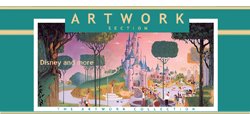
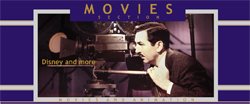



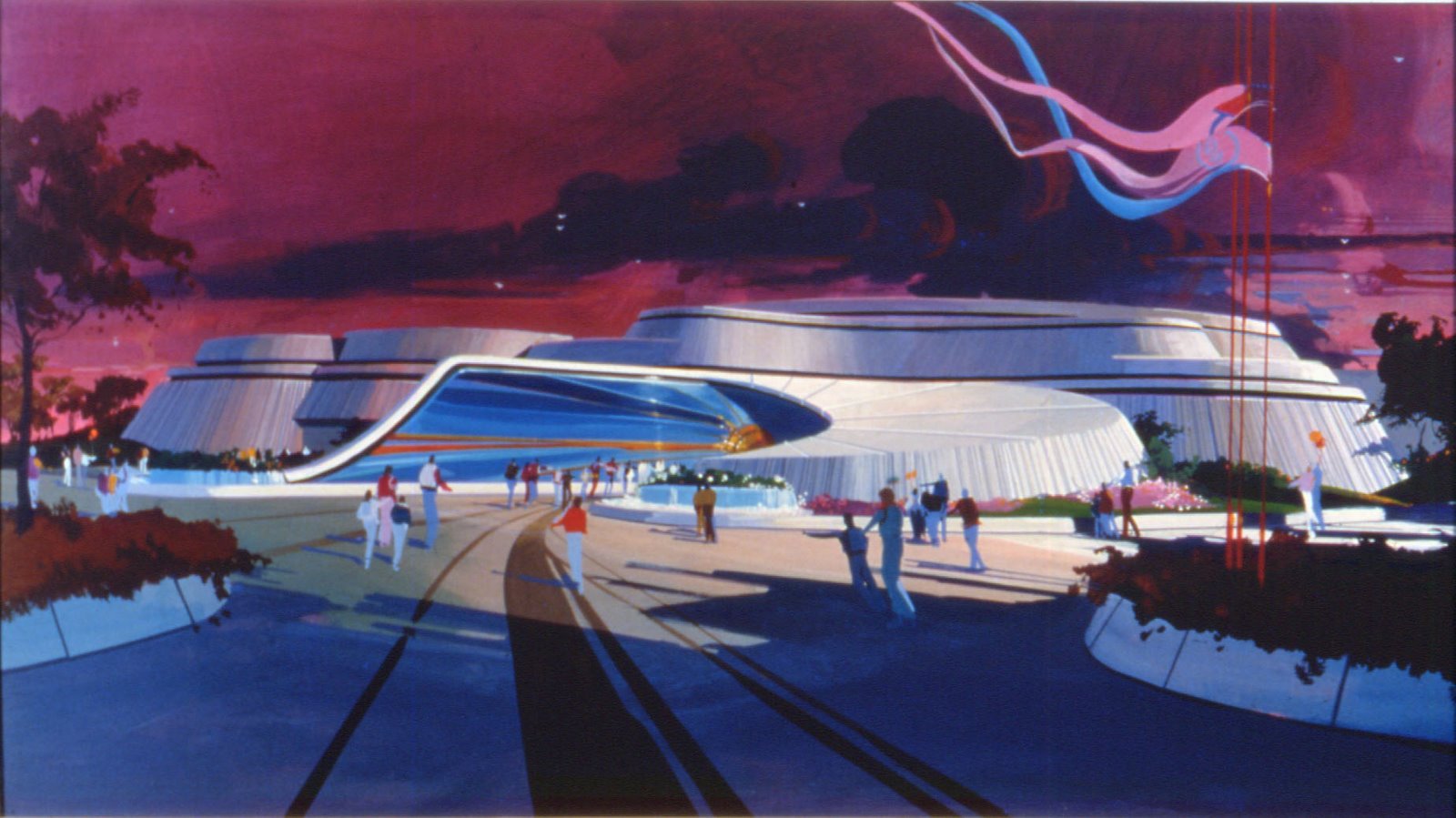







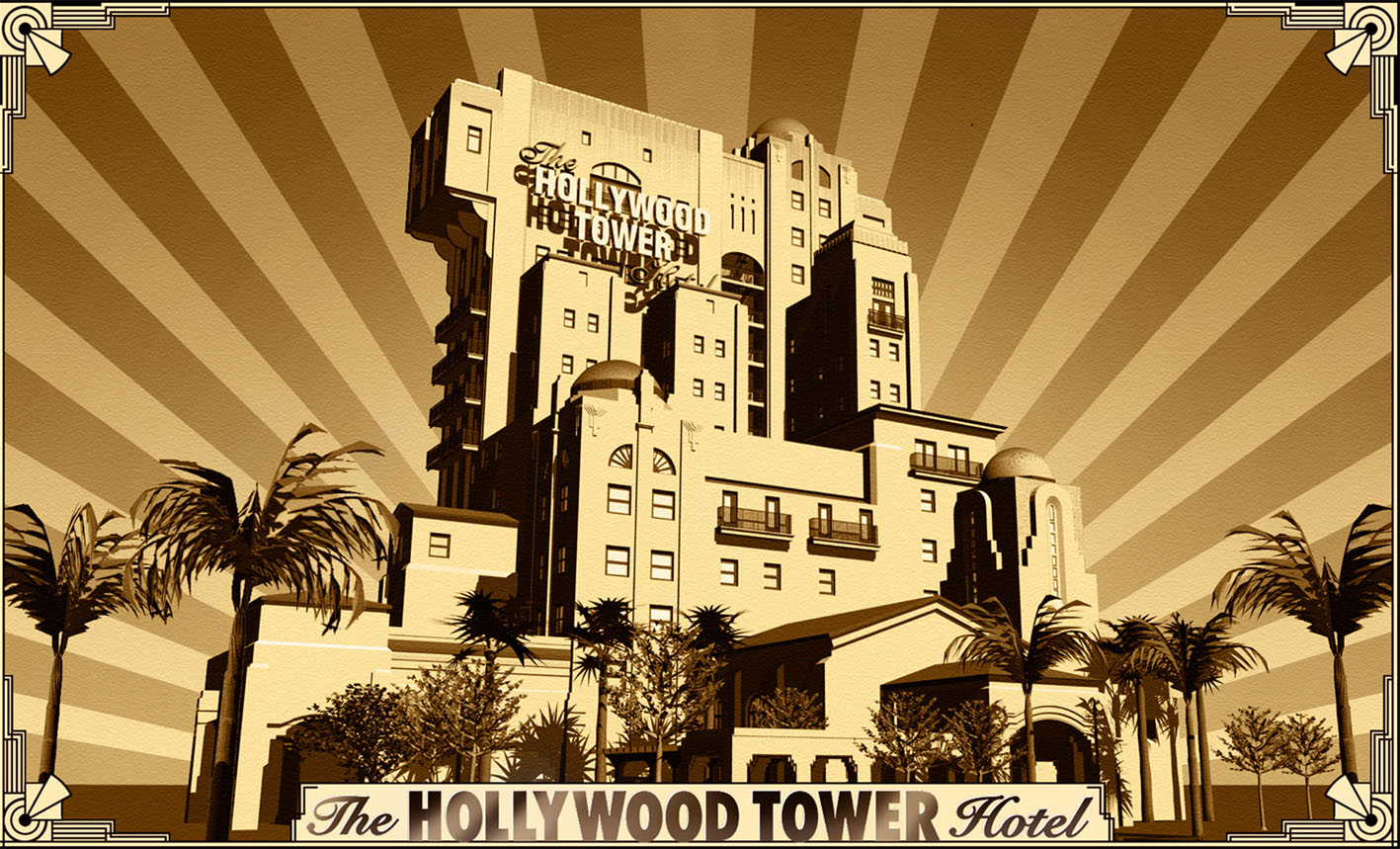




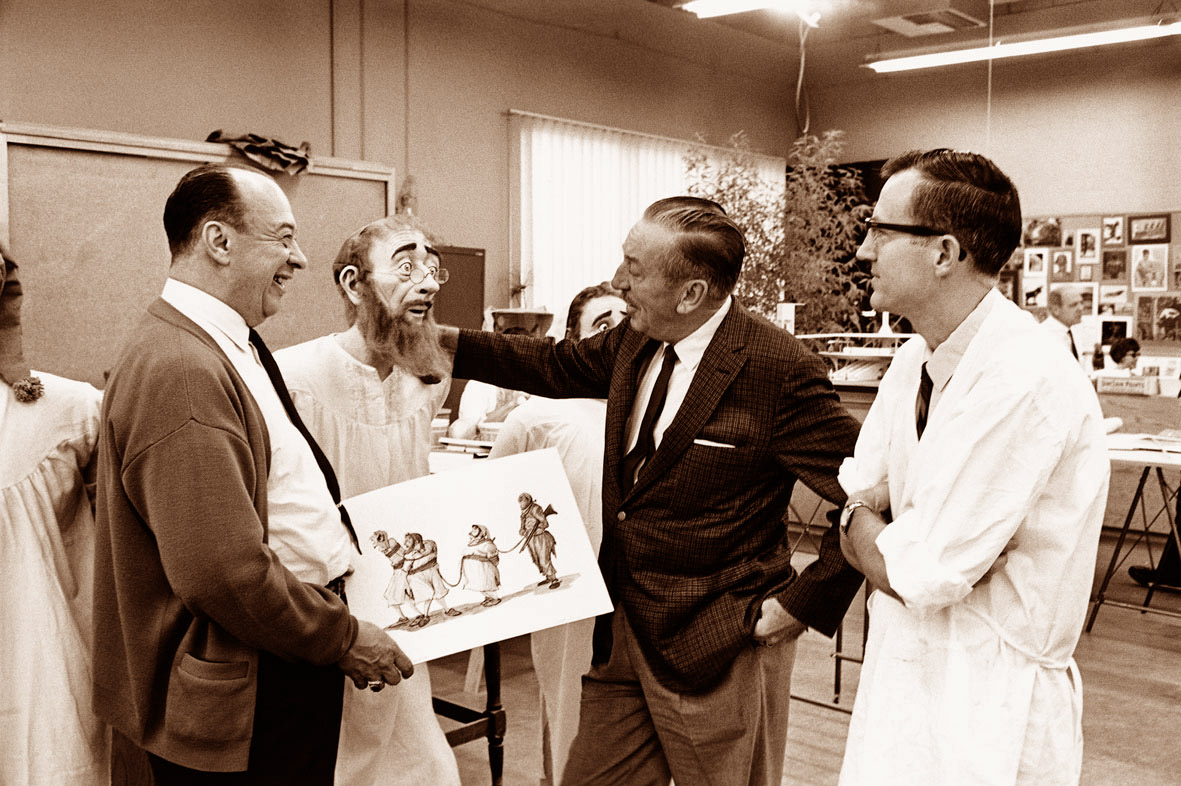




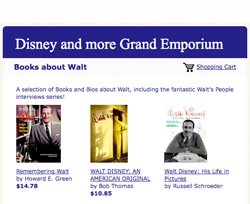









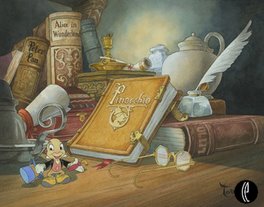
No comments:
Post a Comment